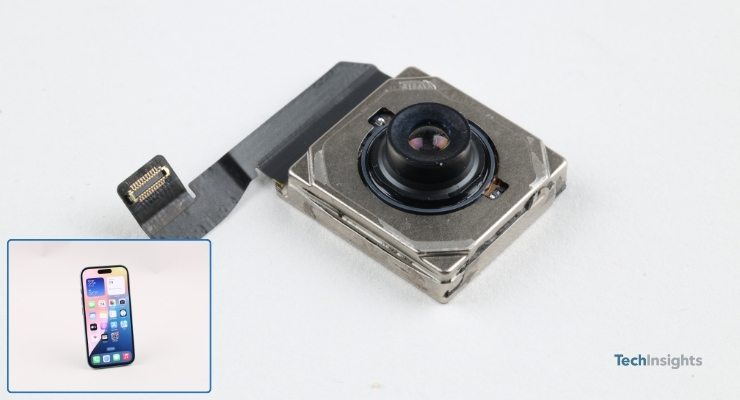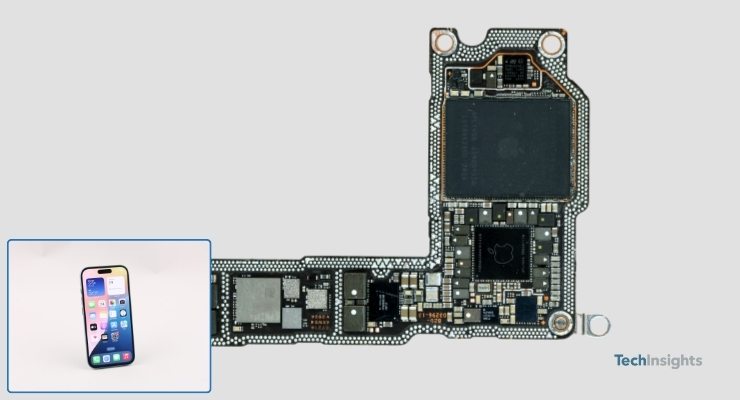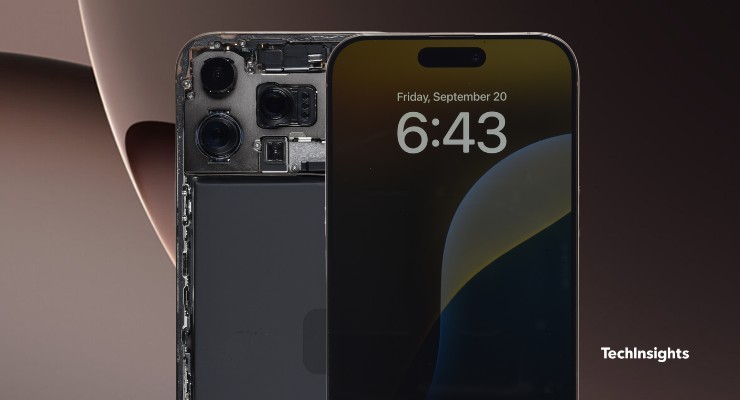Apple iPhone 16 Teardown
Discover the intricate details of the Apple iPhone 16 in our latest teardown analysis. Explore design changes, internal components, and key upgrades including a new camera control system and the advanced A18 processor.
Overview of the Device
With the highly anticipated launch of the Apple iPhone 16, tech enthusiasts and consumers alike are eager to see what innovations this new generation brings. Today, we're diving deep into the Apple iPhone 16 (A3287) with 128GB of storage, exploring its design, specifications, and the internal components that power this latest smartphone.
While the unboxing experience reveals no notable changes in packaging or supporting materials, the iPhone 16 does present some interesting advancements worth discussing. As we analyze its features, we'll uncover the similarities to the iPhone 15, as well as highlight key upgrades—including a new camera control system and an intriguing RF mystery that has emerged.
Design and Physical Features
The iPhone 16 features a camera bump that adds nearly 3.5mm to the device's thickness. While the camera bump is taller than that of the Google Pixel 9, the iPhone 16 is still 0.73mm thinner overall. The rear camera layout has transitioned from a square to a vertical arrangement, resulting in a rectangular bezel. This change means the iPhone 16 cannot lay flat on surfaces.
Regarding the speaker and microphone ports, there have been no changes. The dimensions of the iPhone 16 are slightly larger than its predecessor, measuring 7.83mm in thickness (without cameras) and 11.3mm with the cameras, making it 0.1mm thinner than the iPhone 15. Among its competitors, the Galaxy S24 remains the thinnest smartphone.
Display and Performance
The display resolution is approximately 458 pixels per inch, higher than that of both the Galaxy S24 and Google Pixel 9. Notably, the iPhone 16 display subsystem costs about $10 more than its competitors.
One of the significant upgrades is the 48 MP main Fusion camera system included across all iPhone 16 models. This improvement marks a substantial advancement in camera capabilities.
All iPhone 16 models are powered by the new Apple iOS 18. Thankfully, Apple maintained the ease of disassembly, allowing us to access internal components by removing two screws at the bottom of the phone and applying moderate heat to the display or back cover. As per our teardown protocol, we start by removing the rear cover, taking care not to damage any flex assemblies.
48 MP Wide Angle Rear Camera
Internal Components and Battery
Upon opening, the layout reveals a shorter but wider battery compared to the iPhone 15. The front camera specifications remain the same, although the board-to-board connectors have been rotated 90 degrees. Interestingly, the new front camera is slightly taller than last year’s model.
While the Fusion camera system boasts a single image sensor, variations in lens elements are expected between the base and Pro models, affecting the pricing of the camera systems.
The iPhone 16 battery capacity has increased by nearly one watt-hour compared to the iPhone 15, yet it remains the smallest in capacity when compared to the Pixel 9 and Galaxy S24.
The display subsystem has not seen major changes, and we expect to find an Apple-branded touchscreen controller, possibly identical to that used in the iPhone 15.
Processor and Memory
The Apple A18 processor covers an area of 212.8 mm2, making it smaller than both the A16 and A17 Pro processors. The increase in RAM to 8GB of LPDDR5 in the iPhone 16 doubles the memory cost compared to the iPhone 15.
Interestingly, Apple continues to use the same power management IC from the iPhone 15 models. The APL109A, fabricated by TSMC, remains a three-dimensional 380-pin flip-chip package measuring 49 mm2.
Apple has upgraded its Wi-Fi capabilities from Wi-Fi 6E to Wi-Fi 7, utilizing a new Broadcom BCM4399 module for Bluetooth 5.3 connectivity.
Apple A18 Processor
RF Components
The baseband modem has evolved from the SDX 70M used in the iPhone 15, featuring the SDX 71M in the iPhone 16. Despite minor differences, the die markings appear similar, indicating a likely continuation of component partnerships.
The iPhone 16 retains numerous flexes for key functions, including RF Wi-Fi and sensors. All 12 cellular RF antenna tuners are located on smaller flexes around the frame, ensuring efficient space utilization.
While last year's iPhone 15 was estimated to have a build cost of around $450, the introduction of the A18 processor and increased RAM suggests the iPhone 16's bill of materials will see an uptick. However, the display price remains around $37, which could offset the costs associated with the new components.
Despite some perceived incremental innovations, the iPhone lineup continues to command impressive shipment volumes. In fact, TechInsights' smartphone vendor market share data shows that Apple shipped over 165 million iPhones between Q4 2023 and Q2 2024, just one million shy of Samsung's total shipments for the same period.
The consistent focus on Apple’s Fall products can be attributed to the advanced processors and IC package manufacturers selected for key functions like audio, cameras, and RF features.













